Around the world, every culture has its unique myths and legends. Some of these are lesser-known yet incredibly fascinating. They offer insights into the beliefs and values of the communities that created them. These stories span continents and centuries. Here are some captivating myths and legends from obscure cultures.
Menehune (Hawaii)
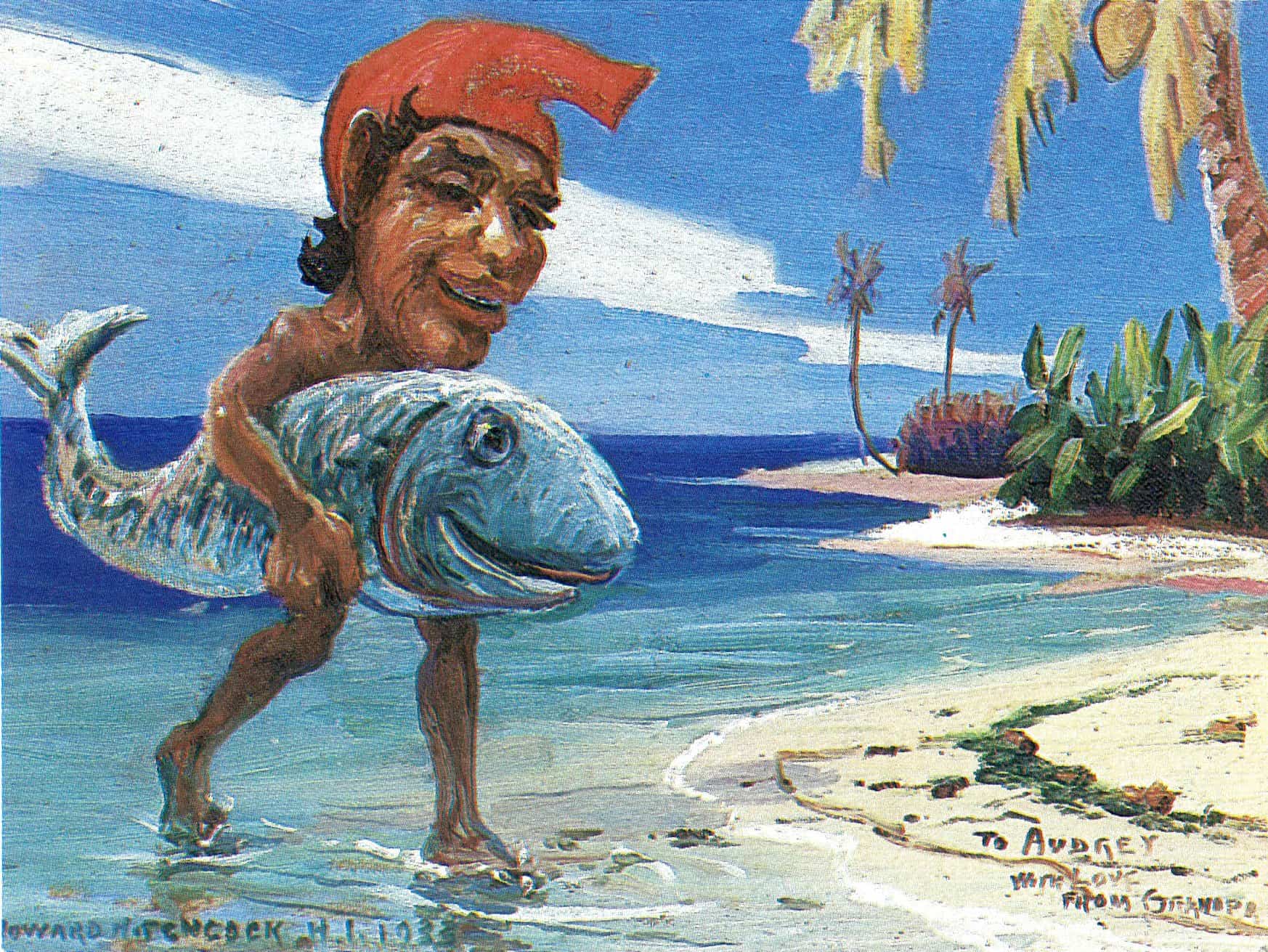
Menehune are mythical dwarf people in Hawaiian folklore. Known for their exceptional craftsmanship, they built structures overnight. They are believed to live in deep forests and hidden valleys. These tiny beings possess incredible strength despite their small stature. The origins of Menehune tales date back to ancient Hawaii. These stories explain mysterious ancient constructions on the islands. The Menehune were said to be the original inhabitants of Hawaii, preceding the Polynesians. Their legends continue to captivate, representing the island’s rich cultural history.
Abatwa (South Africa)
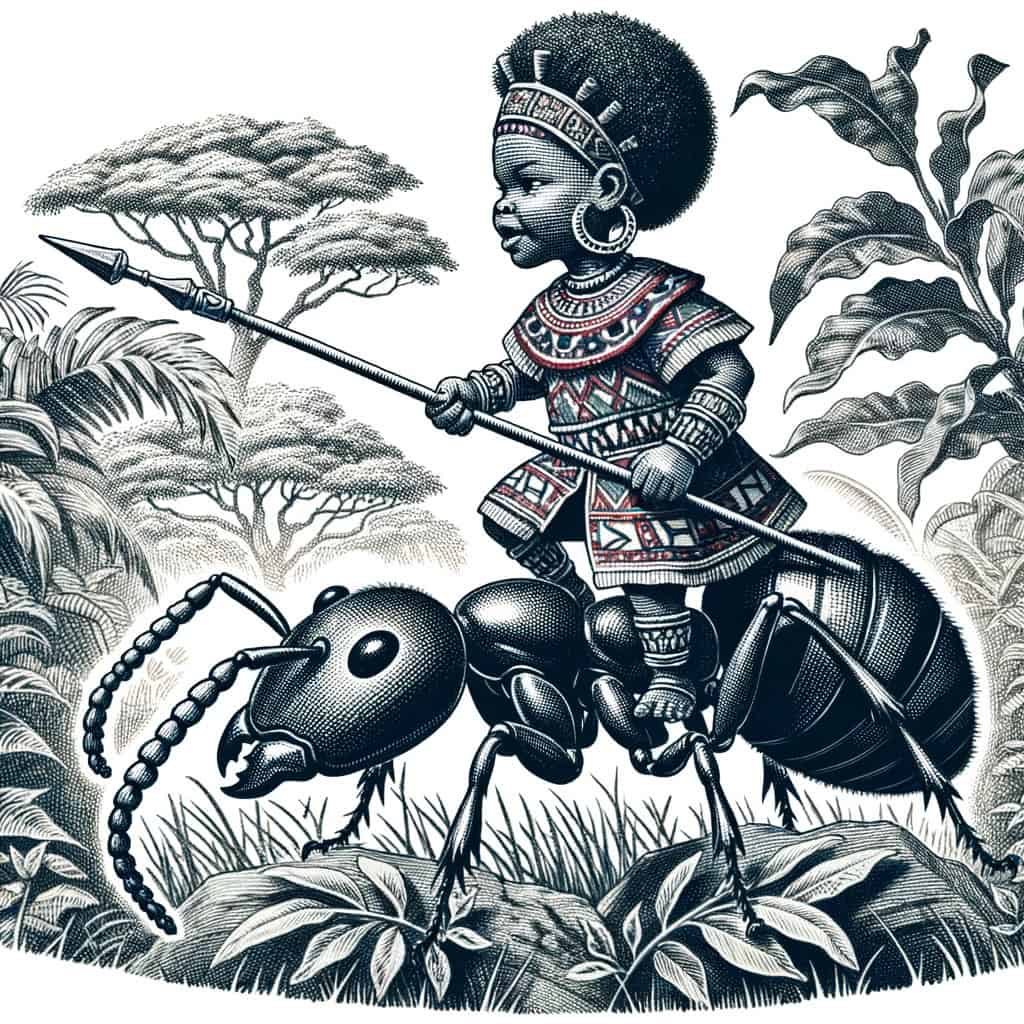
The Abatwa are tiny, ant-sized people from Zulu mythology in South Africa. They are so small they can hide under a blade of grass. Despite their size, they are fierce hunters, riding ants into battle. They are only seen by children, pregnant women, or magical individuals. These legends stem from Zulu folklore and emphasize humility and respect for nature. The Abatwa are believed to live harmoniously with the land. They serve as guardians of the natural world. Encountering an Abatwa is considered a sign of good luck.
Nian (China)
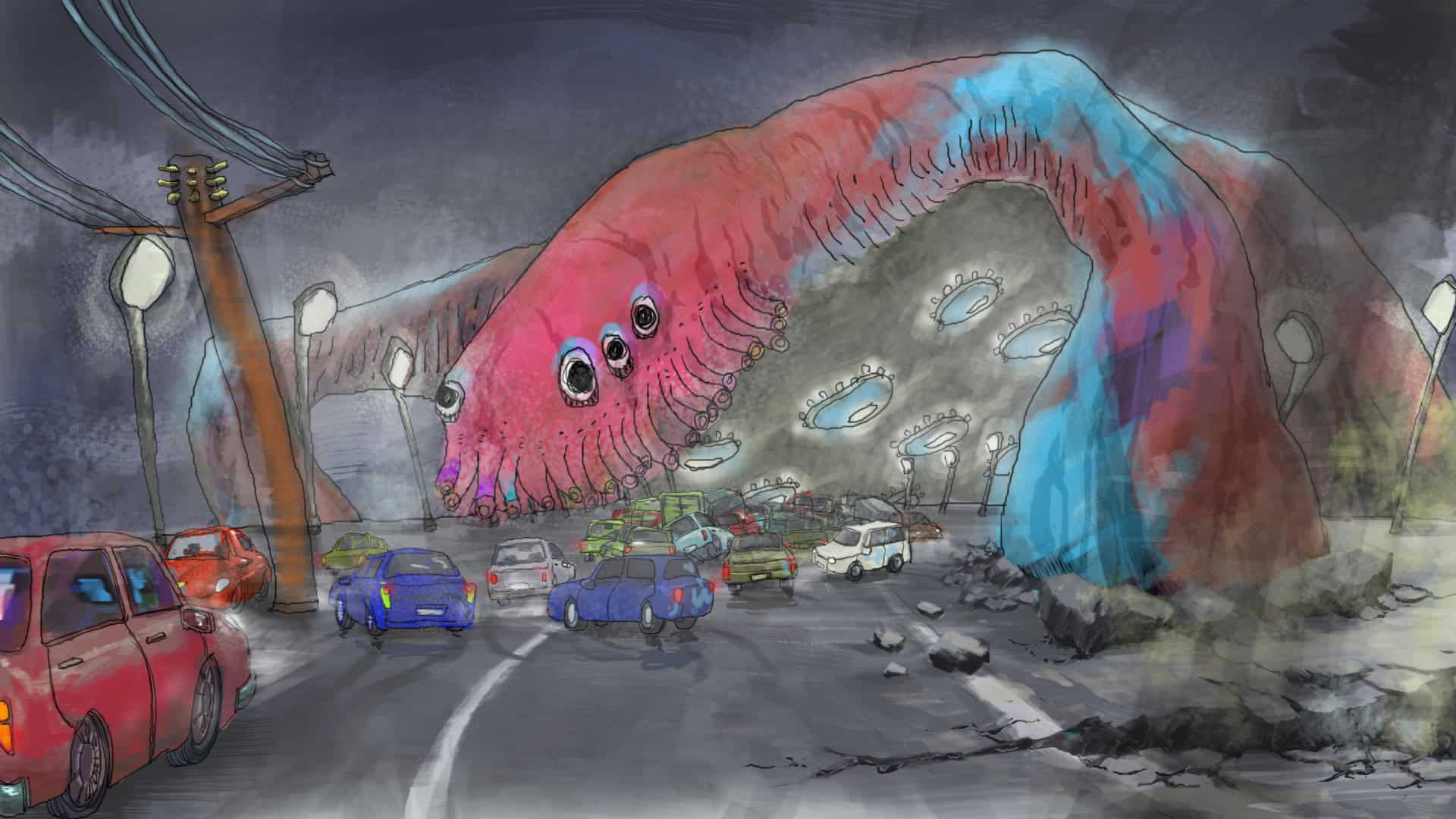
Nian is a fearsome beast from Chinese mythology. It is said to dwell deep in the mountains or under the sea. Every Lunar New Year’s Eve, it would come to the villages and devour livestock and people. Nian’s weakness is loud noises and the color red. The story of Nian is integral to Chinese New Year celebrations. Villagers used firecrackers, drums, and red decorations to scare it away. This practice led to the tradition of using red and fireworks during the New Year. The Nian legend underscores themes of bravery and community.
El Cadejo (Central America)
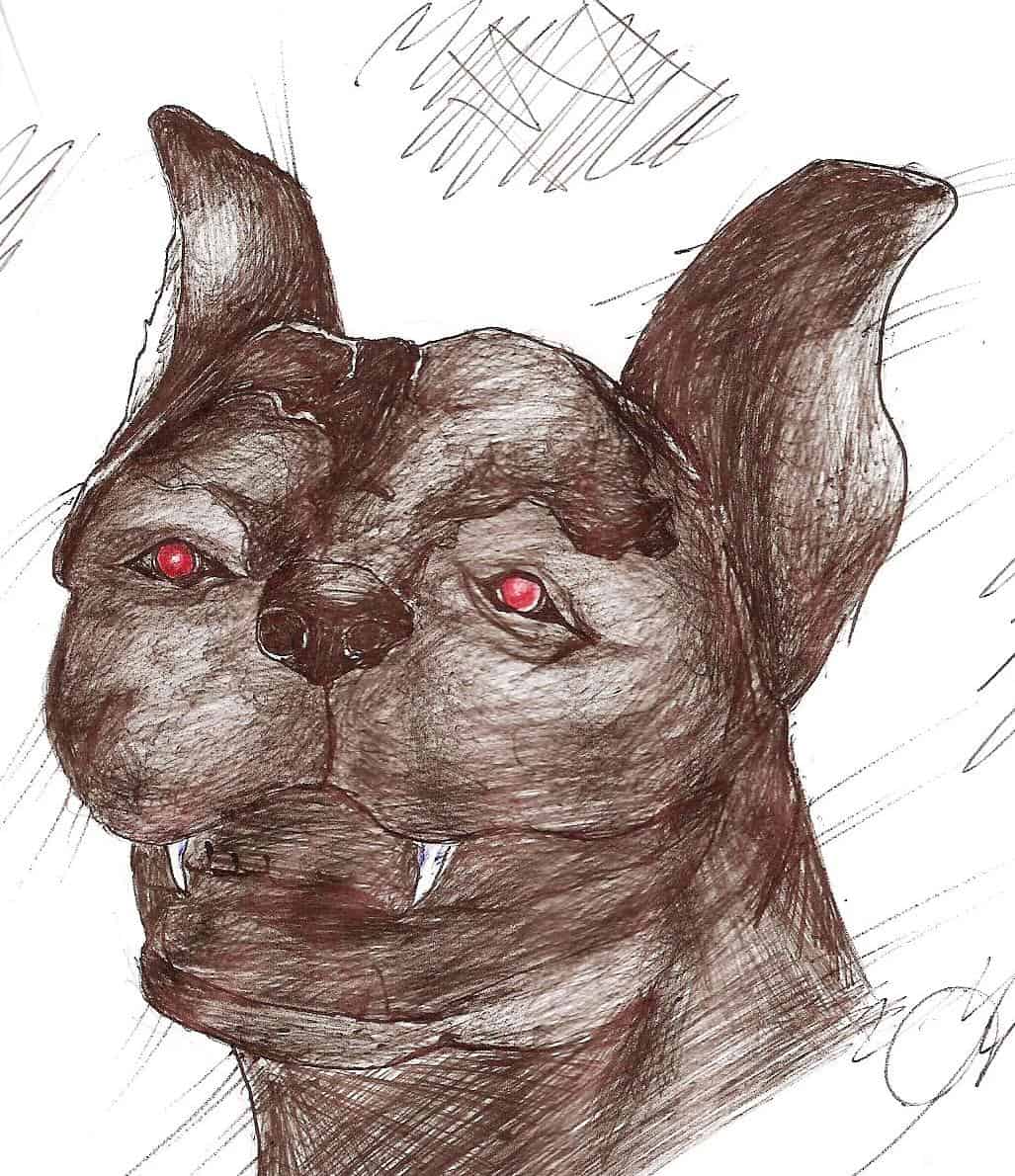
El Cadejo is a legendary creature in Central American folklore. It appears as a large, spectral dog with glowing red eyes. There are two versions: a good white Cadejo and an evil black Cadejo. The white Cadejo protects travelers from harm, while the black one brings misfortune. This myth is prevalent in countries like Guatemala, El Salvador, and Honduras. It has deep roots in indigenous and colonial history. El Cadejo stories are often moral tales about the consequences of one’s actions. Encountering either Cadejo is seen as a supernatural omen.
Alux (Mexico)
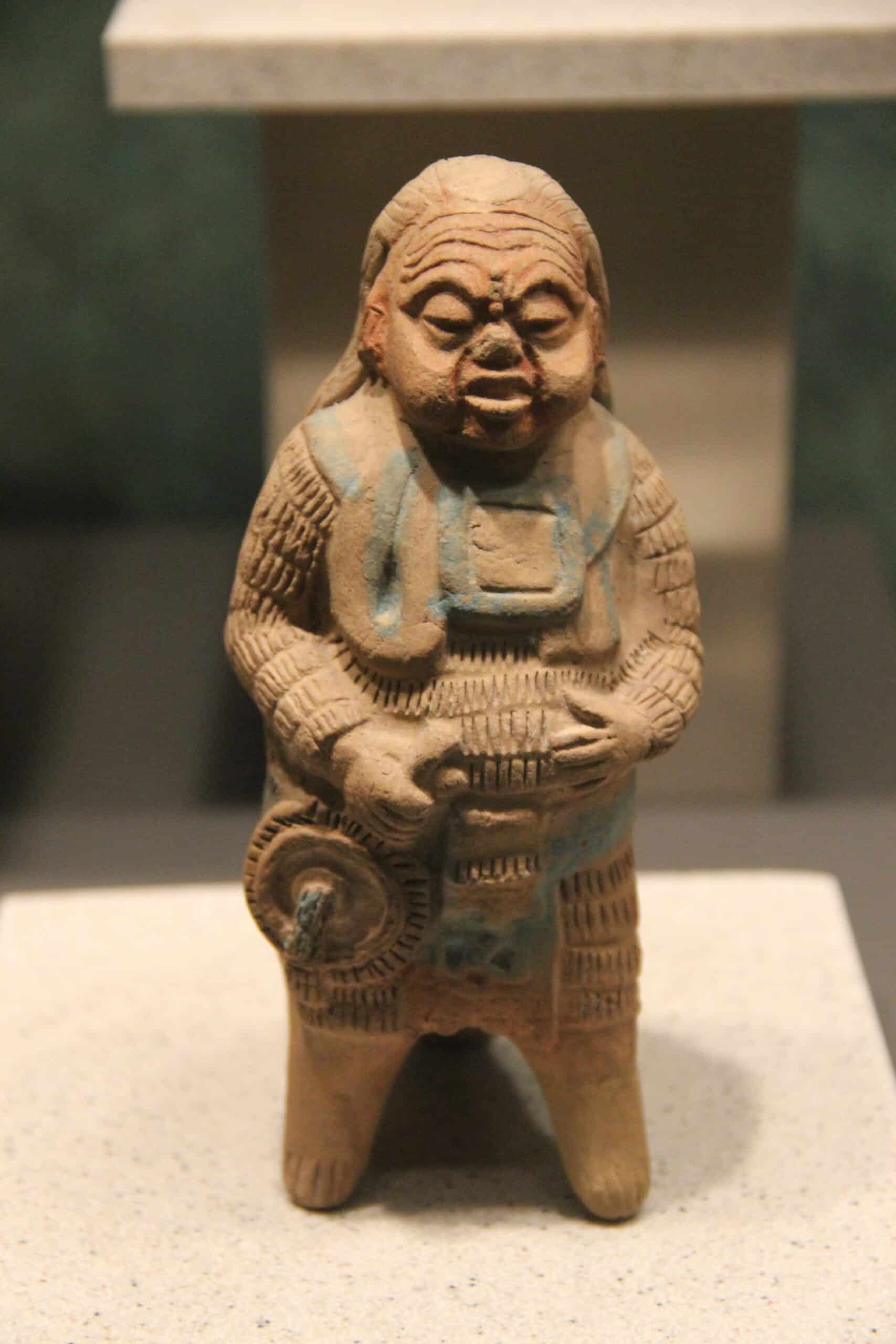
Aluxes are small, sprite-like beings in Mayan mythology. They are considered guardians of the land and are often invisible to humans. Farmers believe that leaving offerings can gain their favor. Aluxes are known to be mischievous, playing tricks on those who disrespect the land. These legends come from the Yucatán Peninsula and are still told today. Aluxes are said to live in caves, fields, and cenotes. They protect crops and ensure good harvests. Alux tales highlight the importance of respecting nature and local customs.
Chaneques (Mexico)
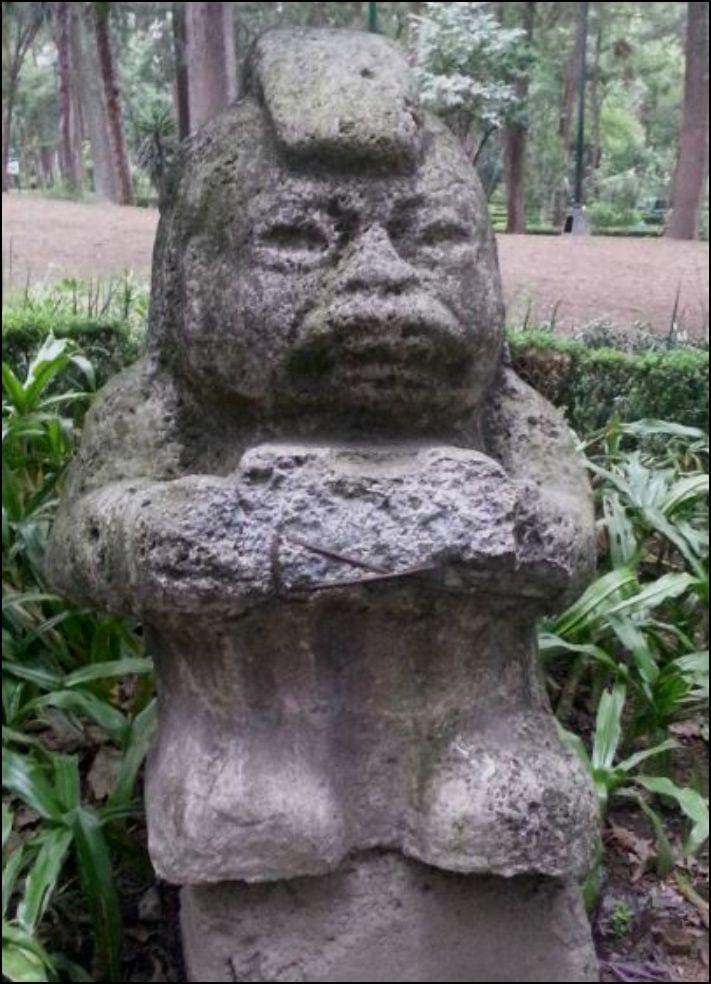
Chaneques are forest spirits from Veracruz and Oaxaca folklore. These small, elf-like beings guard the forests and nature. They are known for their playful and mischievous behavior. Chaneques can cause people to lose their way or forget their purpose. These myths have been part of local traditions for centuries. Chaneques are considered both protectors and tricksters. They teach respect for nature and the importance of staying true to one’s path. Encounters with Chaneques are seen as lessons from the forest.
Baba Yaga (Slavic folklore)
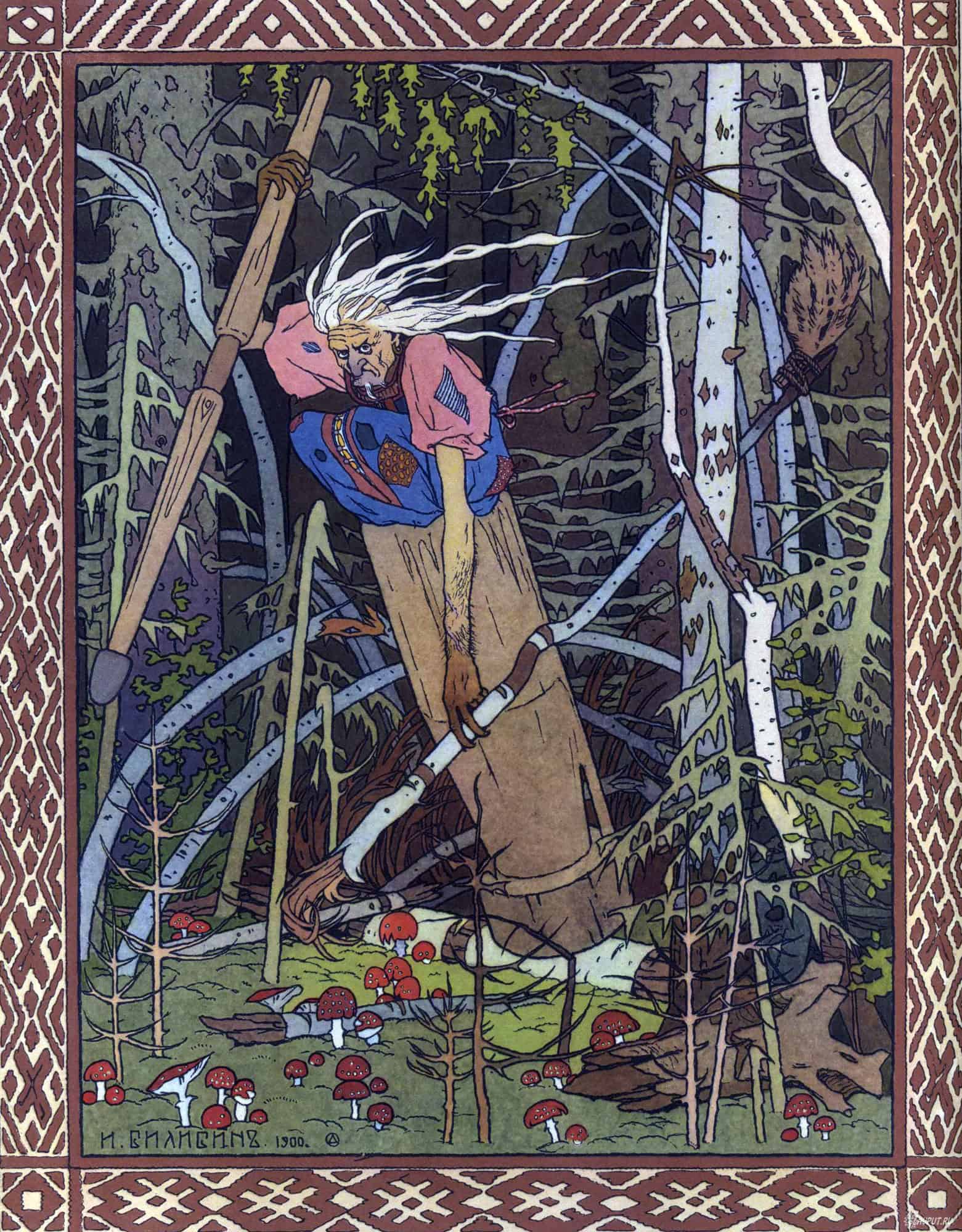
Baba Yaga is a fearsome witch from Slavic folklore. She lives in a hut that stands on chicken legs and can move around. Baba Yaga flies in a mortar, using a pestle to steer. She is both a villain and a wise woman, known to help or hinder those who seek her out. This legend is deeply rooted in Russian and Eastern European cultures. Baba Yaga’s stories often involve young protagonists seeking wisdom or treasure. Her dual nature represents the unpredictable forces of nature. She serves as a symbol of the thin line between good and evil.
Manananggal (Philippines)
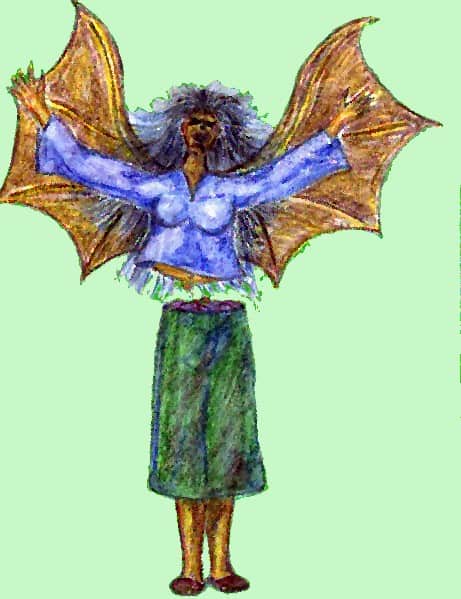
The Manananggal is a horrifying creature from Philippine folklore. By day, it appears as a normal woman. At night, it detaches its upper body and flies with bat-like wings. The Manananggal preys on pregnant women, using its long tongue to suck out fetuses. This myth is part of the rich tapestry of Filipino supernatural beliefs. Stories of the Manananggal are used to explain mysterious deaths and illnesses. The creature represents fears surrounding childbirth and the unknown. It remains a popular figure in Philippine horror tales.
Mami Wata (West Africa)
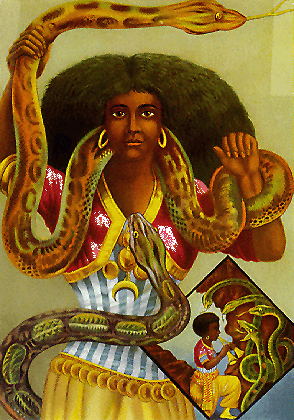
Mami Wata is a powerful water spirit in West African folklore. She is often depicted as a mermaid or a beautiful woman holding a snake. Mami Wata can bring wealth and healing but also chaos and destruction. She is worshiped in various African and Afro-Caribbean cultures. The origins of Mami Wata date back to ancient African traditions. Her worship includes elaborate rituals and offerings. Mami Wata represents the dual nature of water as life-giving and destructive. She remains an influential figure in African spiritual practices.
Ahuizotl (Aztec)
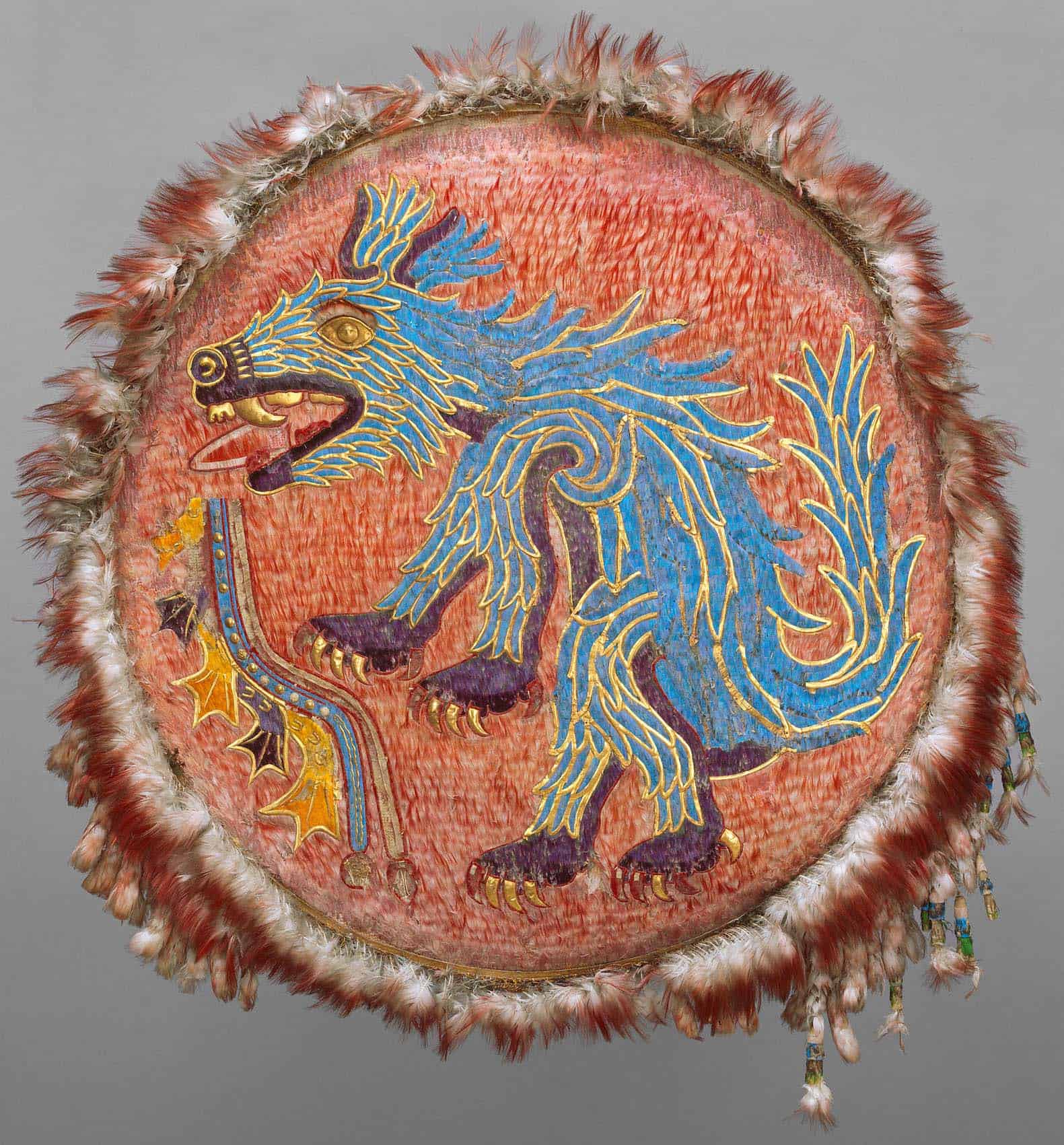
Ahuizotl is a fearsome water creature from Aztec mythology. It resembles a small dog with a human hand at the end of its tail. Ahuizotl lures people to the water and drowns them. It is said to protect the waters and the creatures within them. The legend of Ahuizotl comes from the rich Aztec civilization. This creature symbolizes the dangers of the natural world. Its hand-like tail is used to grasp and drag victims underwater. Ahuizotl’s tale warns of the respect and caution required around water.
This article originally appeared on Rarest.org.
More from Rarest.org
1955 Franklin Half Dollar Value Guide
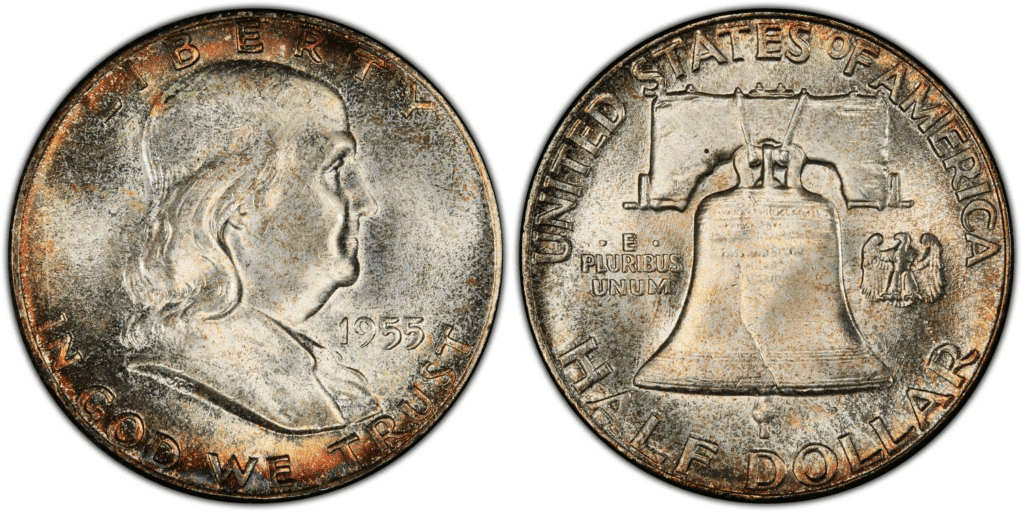
Are you looking for a new coin to be added to your collection? If yes, then you need to consider the 1955 half dollar. It is an old coin that is made of silver. Read More.
1974 Lincoln Penny Value Guide

One of the most appealing aspects of coins and coin collecting is that they can serve as a record of historical events that occurred during the year the piece was produced. Read More.
1952 Silver Washington Quarter Value Guide
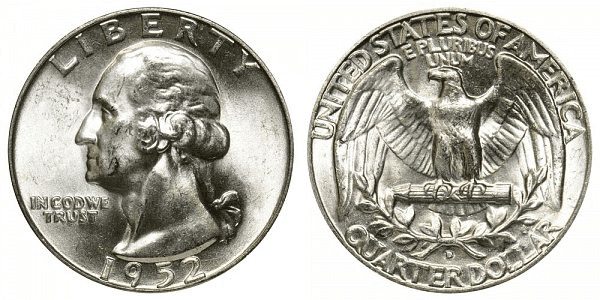
Are you looking for an old coin made of silver? If yes, then you need to consider getting the 1952 silver quarter. Read More.
